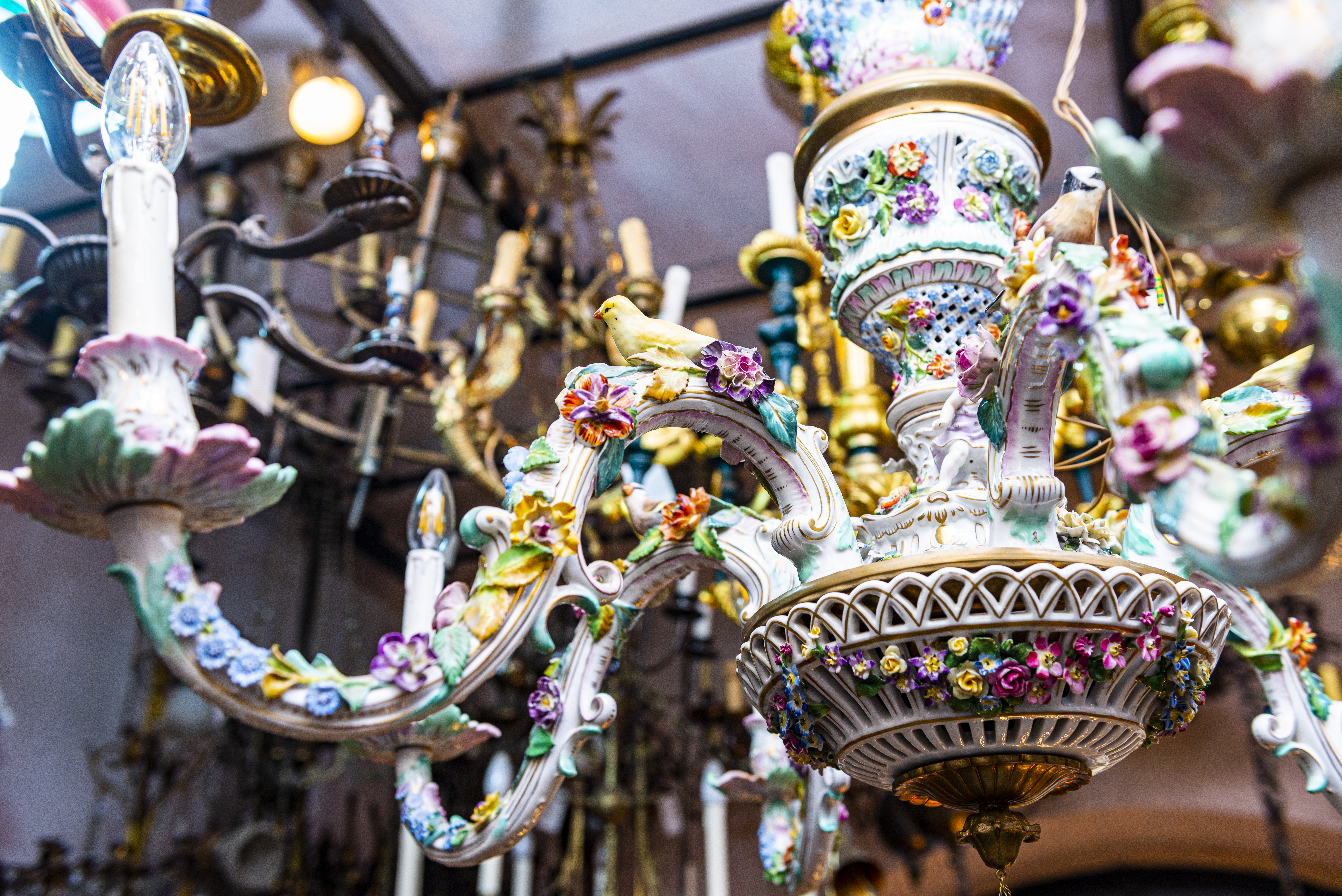The Franz Liszt Music Academy, the Great Synagogue, the Operetta Theatre, the Uránia cinema and the New York Palace are just some of the landmark public buildings and houses of worship where a chandelier designed by Tamás Grünberger perfectly fits the space. The master, now in his seventies, carried on the family business, and now his son, Gábor, will take over from him. We meet the present-day members of the Grünberger chandelier dynasty, four generations rooted in Districts VI and VII.
Across from the Mai Manó House and photo gallery on theatre-lined Nagymező utca, a shop window of etched glass fronts a lamp shop like no other, steeped in history. Across two floors, bright chandeliers hang side by side, occupying a large space and indicating the extent of the tradition contained within these four walls.
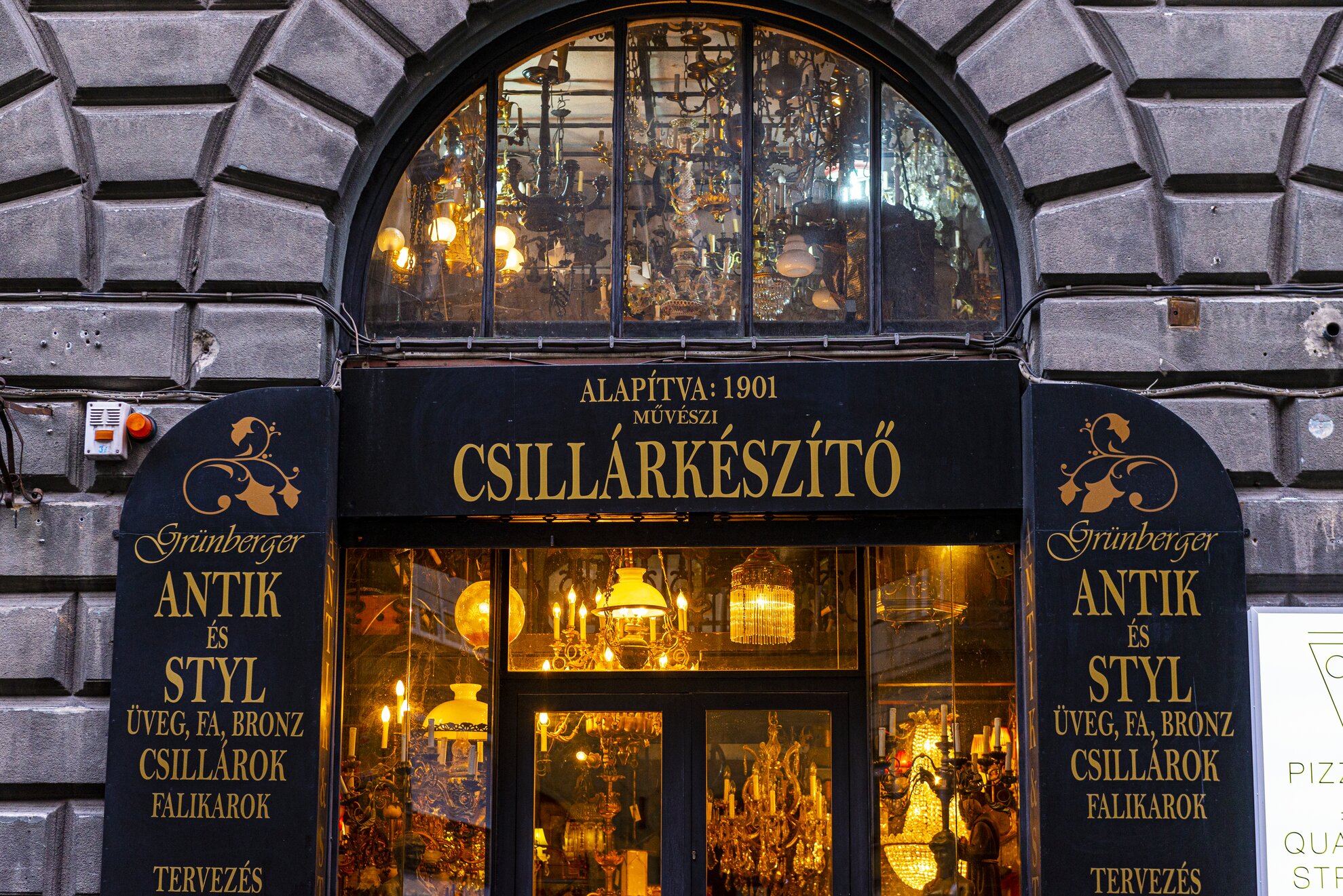
As Tamás Grünberger, the oldest member of this chandelier-making dynasty, says, even his father went by the principle that there was no need for a huge store, as most of the customers came in because of the family name.
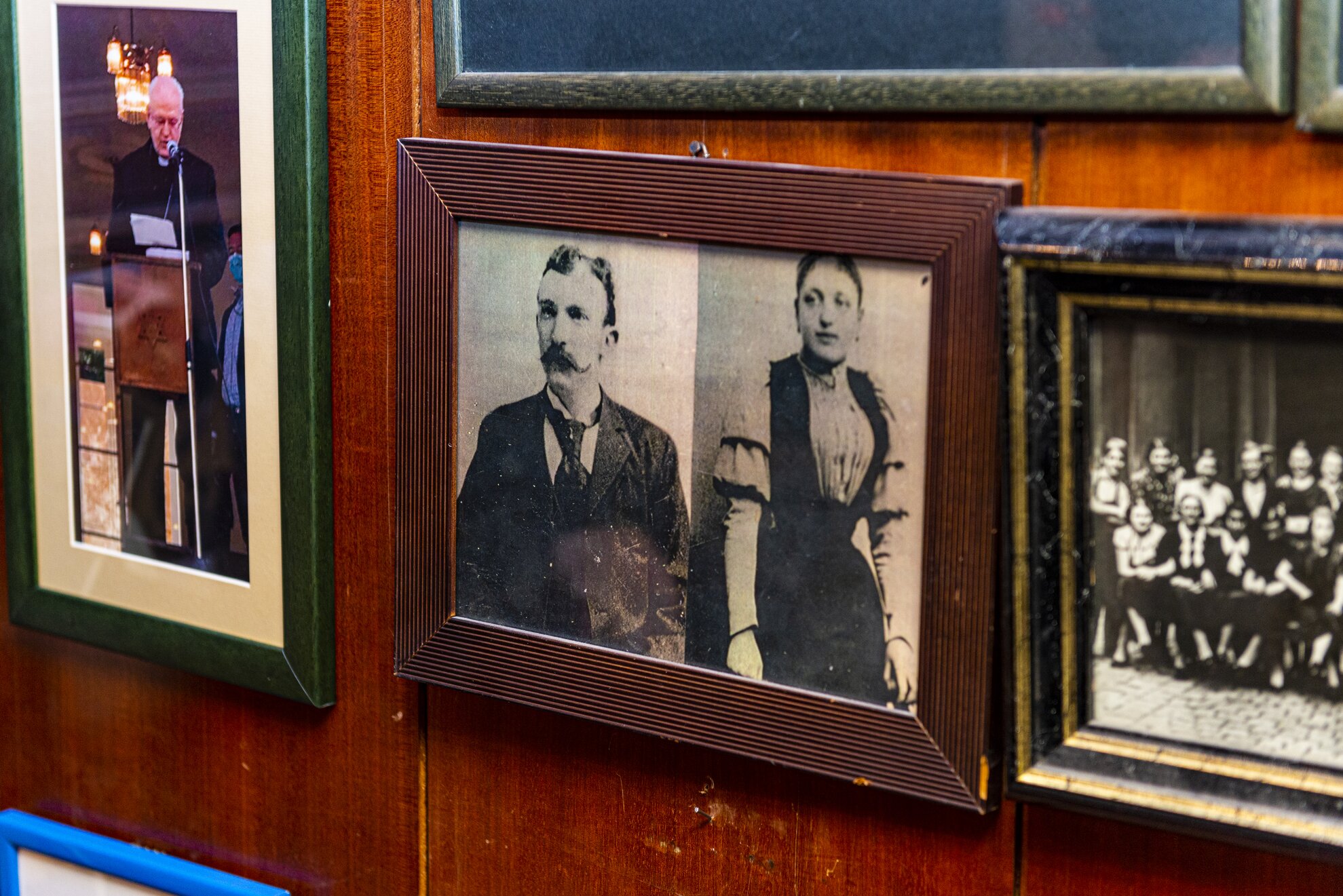
The
history of the family begins in Kötcsa, Somogy County, where Adolf Grünberger
learned carpentry from Swabian settlers and then moved to Budapest with his
seven children.
As the apartment houses of Erzsébetváros, District VII, were being
built around this time, at the beginning of the 1890s, the family settled here,
around Dob utca, not only because of their Jewish origins, but also because of
the need for labour generated by the construction industry.
Great-grandfather
Adolf started out at a workshop on Kertész utca, joined by his sons.
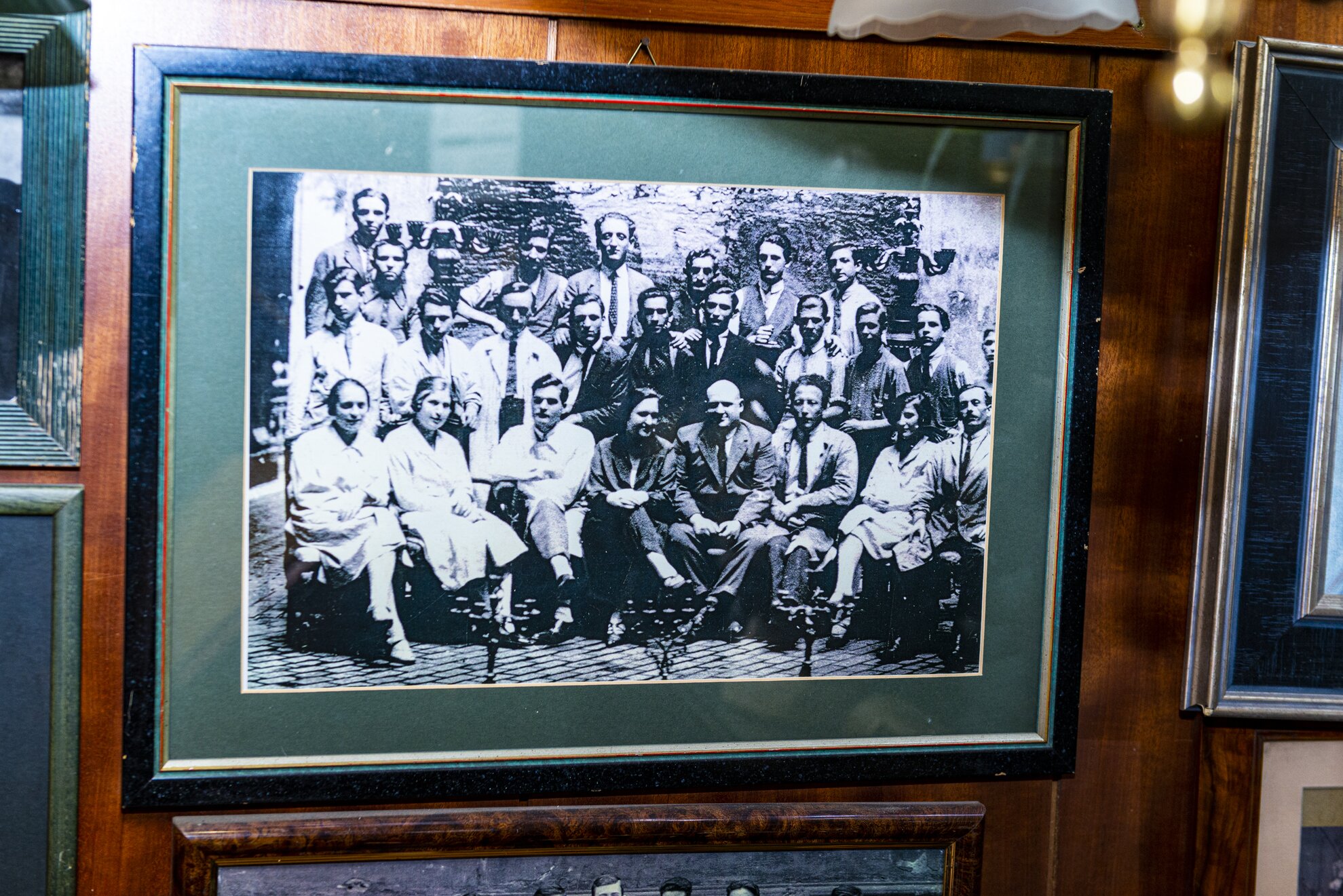
Jumping forward in time, by the 1920s and 1930s, the Grünbergers now had a much larger workshop at Klauzál tér 2 with about 30 employees, where seven siblings worked together. The four boys, including Tamás Grünberger’s father, Manó, do the bulk of the hands-on work, while the girls – the most educated in the family – took care of accounting and taxation.
These happy years are still vivid in family lore, the lunches at the legendary Kádár restaurant near the former workshop, which only closed in 2020 after more than 60 years, taking part of Erzsébetváros with it.
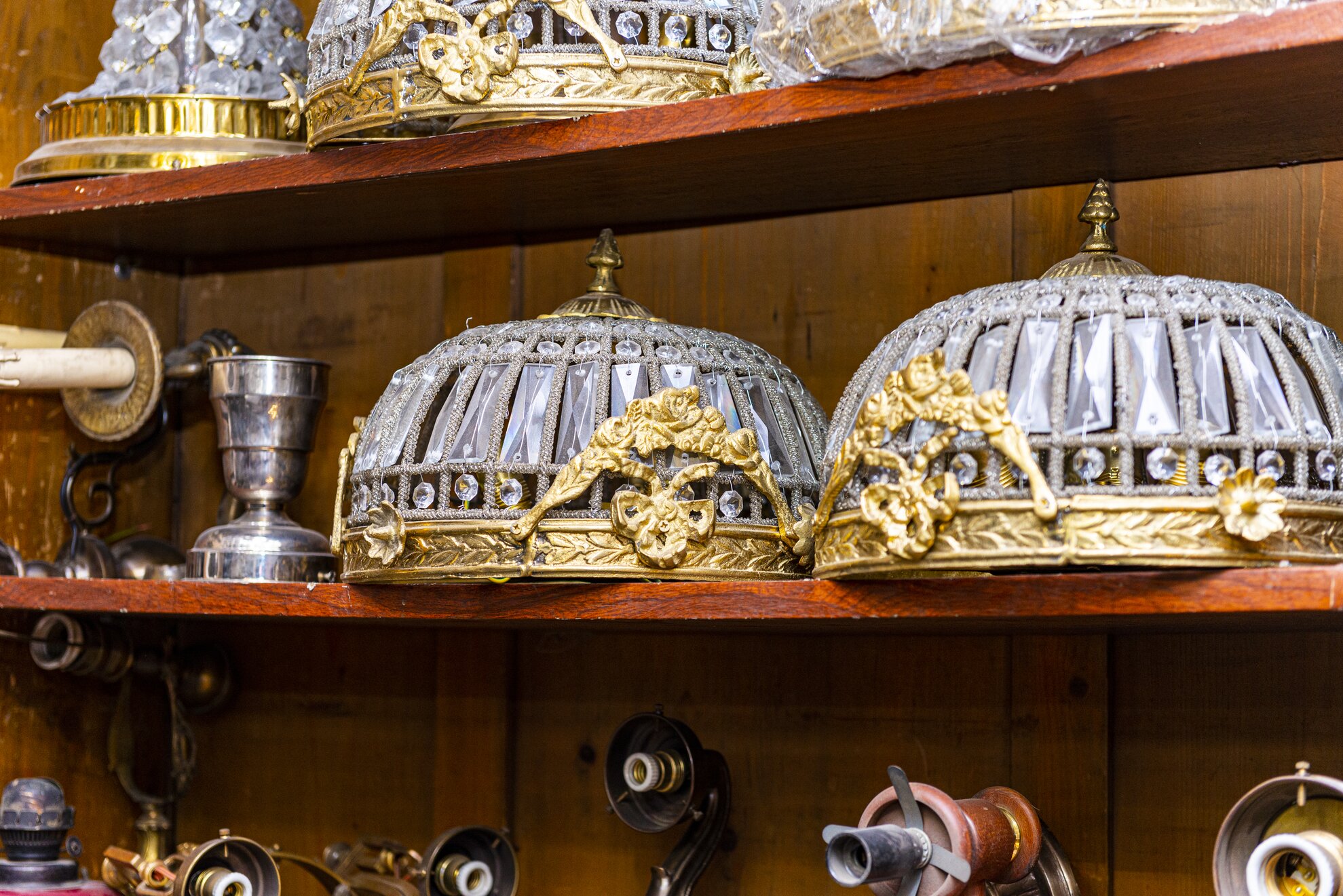
In the company heyday, a decent income from work well done was all part of a certain lifestyle, and the Grünberger boys knew how to best use their earnings. Of course, the brothers had no idea that, after the stormy years of the 20th century, the location of their favourite nightspot, the Arizona, in the Mai Manó House, would stand across from the Grünberger workshop today.
The money made by Uncle Jenő Grünberger from the chandeliers at the Uránia cinema went towards the notorious cabaret on Nagymező utca. Years later, nephew Tamás Grünberger worked on the most recent iteration of the Uránia.
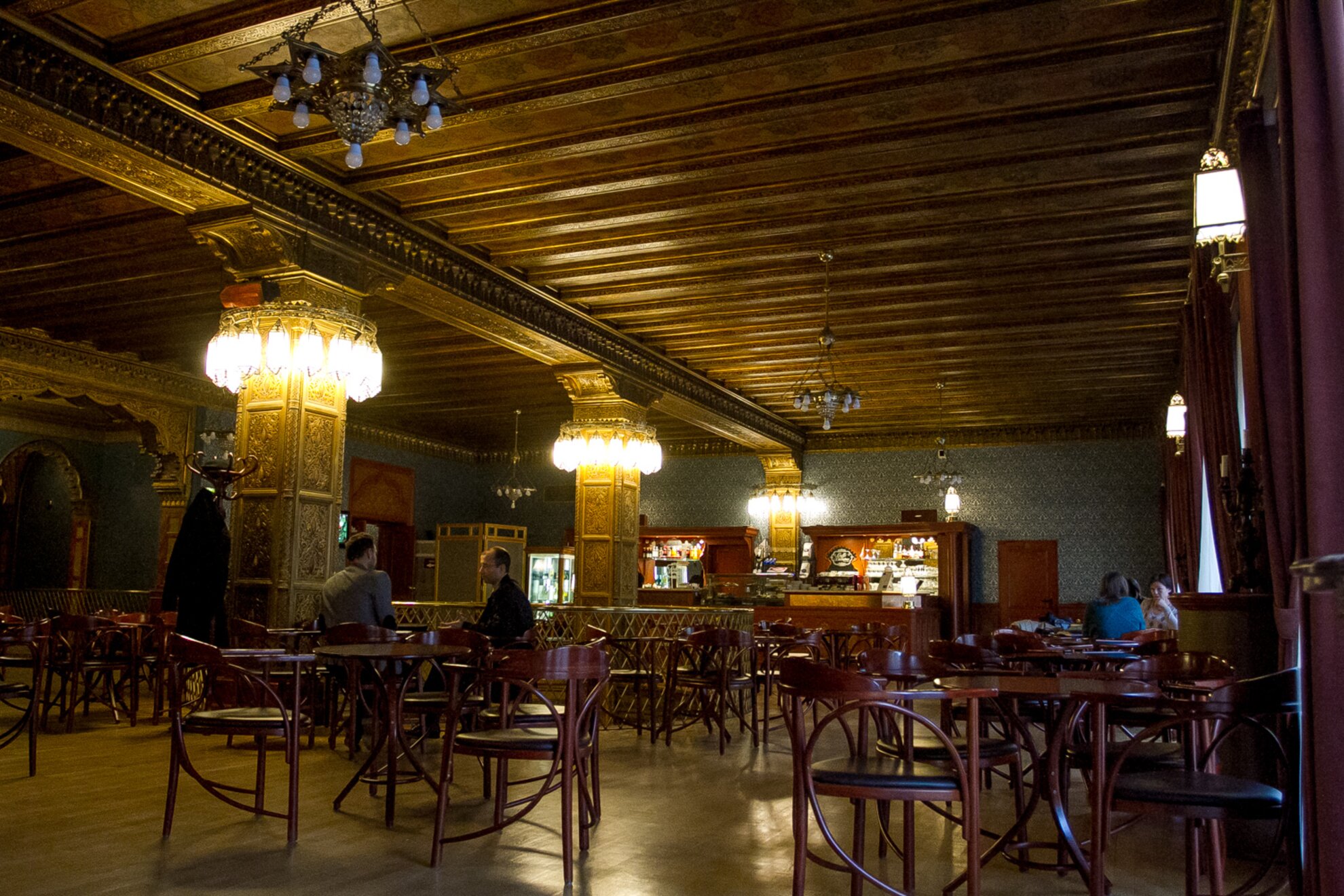
Other examples of work by the family across generations includes the chandeliers at the New York Café, first created by the brothers, before Tamás Grünberger designed the ones for the building revived in 2006 by the Boscolo hotel group.
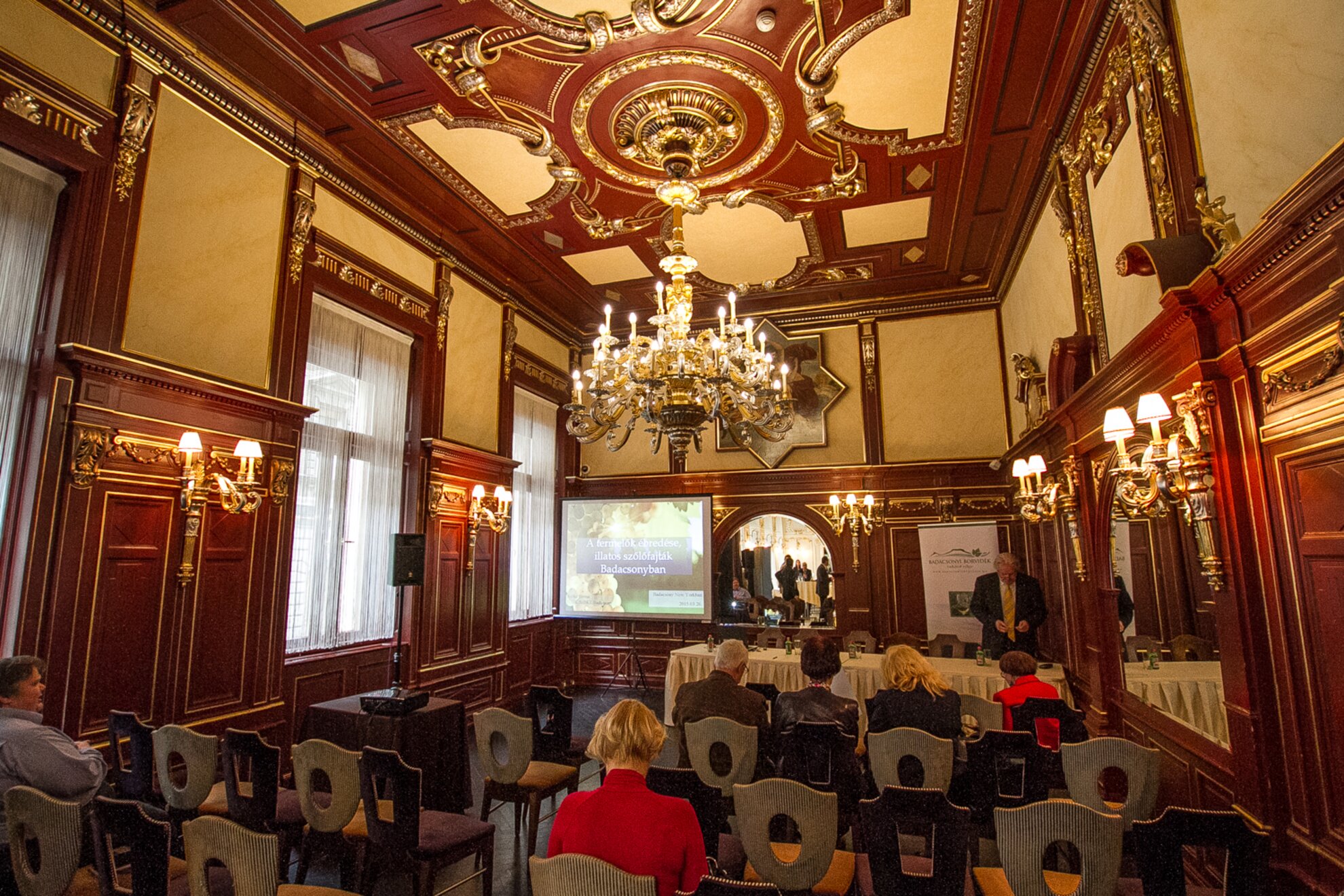
Such was the amount of work that went into these chandeliers before the war that the New York couldn’t foot the bill – thus began the saga of the family lunches. A whole clan of a dozen or so Grünbergers had free lunch at the New York every Sunday for more than a year.
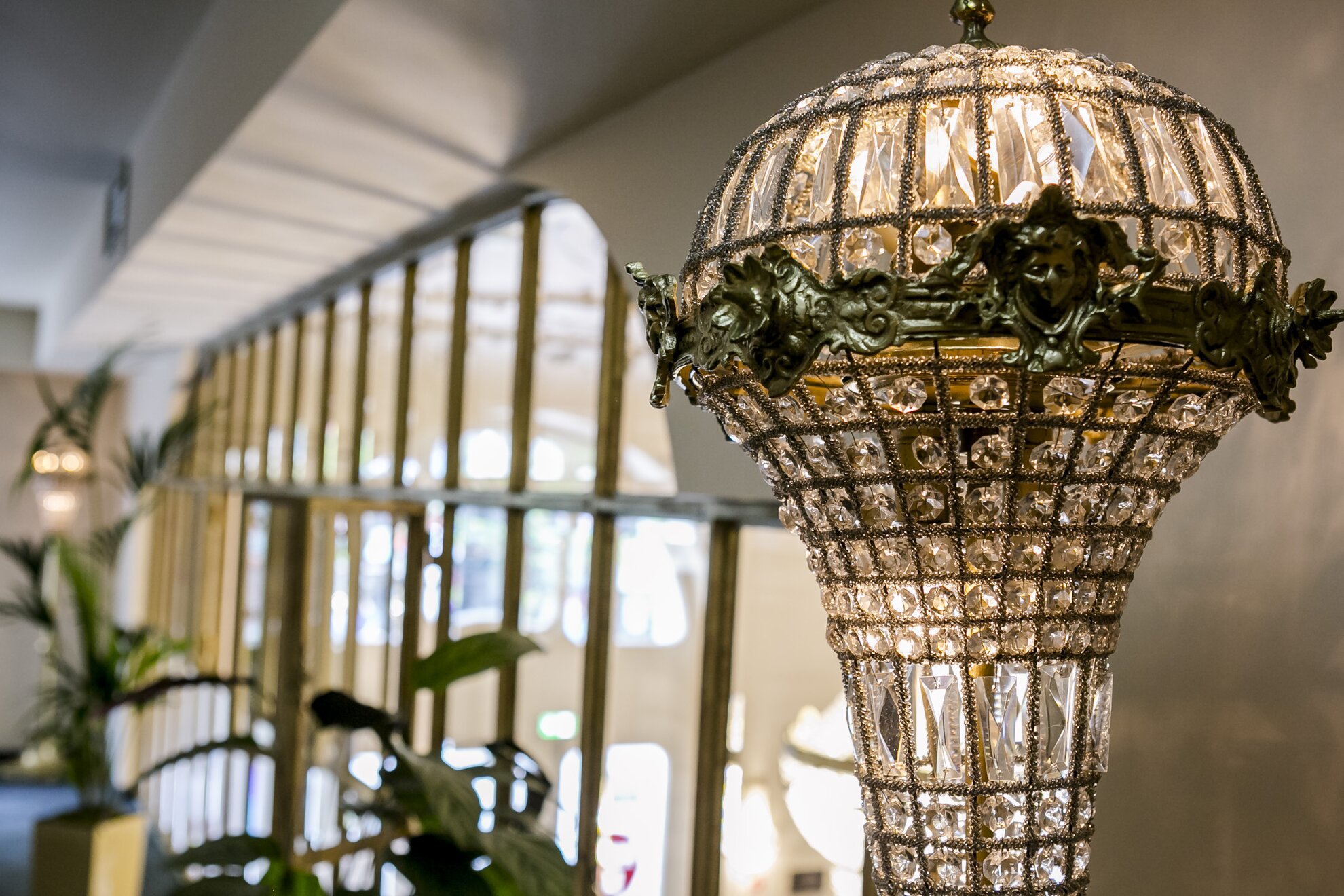
The war
put an end to the heyday. Tamás Grünberger’s father, Manó, returned from labour
duty in poor health. With Jenő dead, he had to take over the
management of the shop expropriated from the family during the war.
This was followed
by nationalisation, during which time Manó finally got a job at a lamp co-operative,
where he could sell his own publicly owned stock. They kept their more precious items hidden
away from prying eyes.
It was then that they moved to the premises on Nagymező utca, where they continued their work by changing their name to Győri. Only after the Fall of Communism in 1989 and the birth of Gábor did Tamás Grünberger take back his original surname.
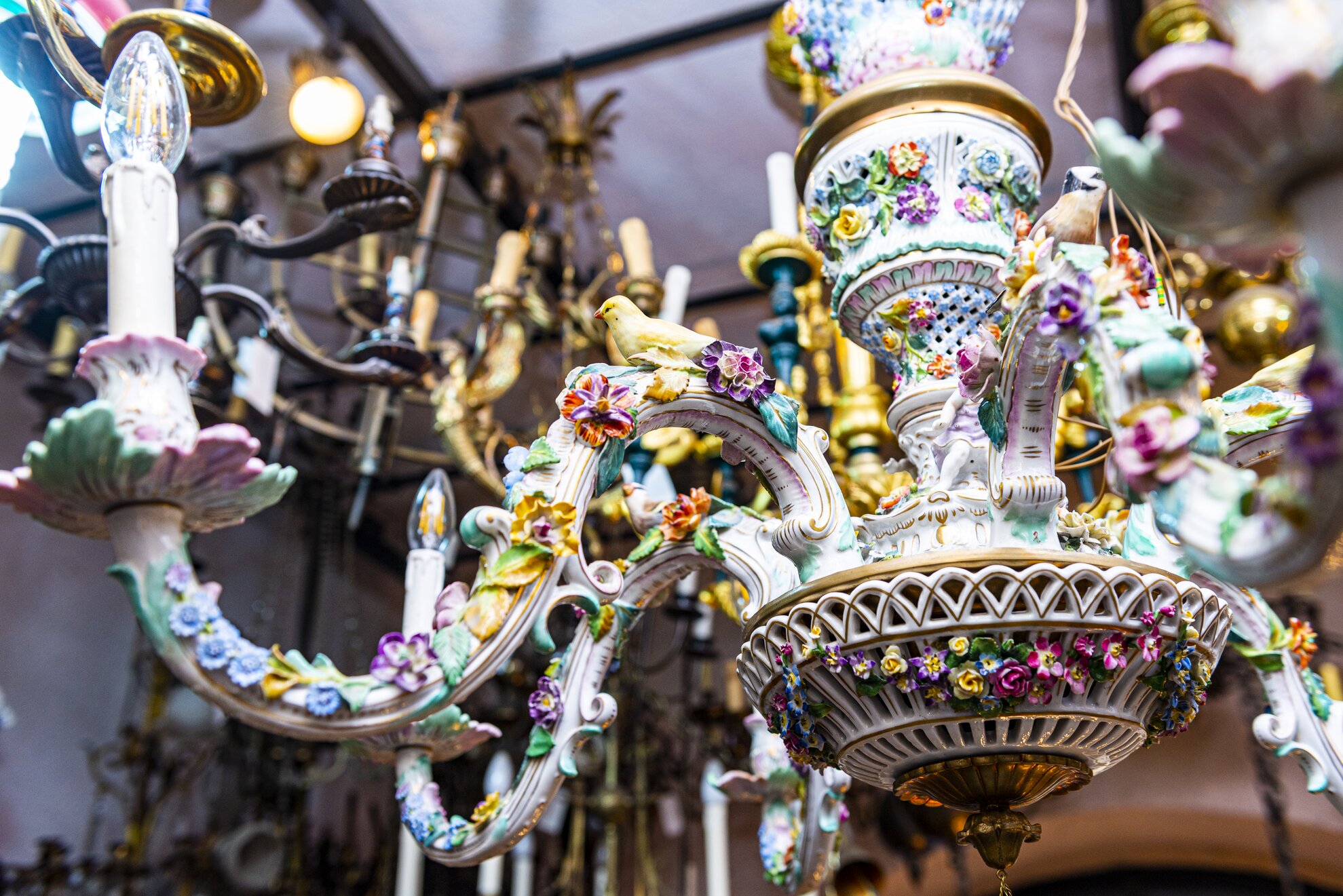
Manó died young, so his son Tamás took on the workshop. Initially, he wanted to be a sports reporter. He played music and excelled in water polo, mixing with Olympians and the big pop singers of the day.
Tamás has
clear memories of how he was persuaded to become a chandelier master? After
Manó’s death, the family gathered, led by the only living brother, Uncle Lajos,
who insisted that Tamás had to take over the shop. Tamás objected, to which Lajos replied: “Who cares what you want to be? You come into the store
tomorrow morning and that’s the end of it!”
“That’s how the family helped me choose a
career,” says Tamás today.
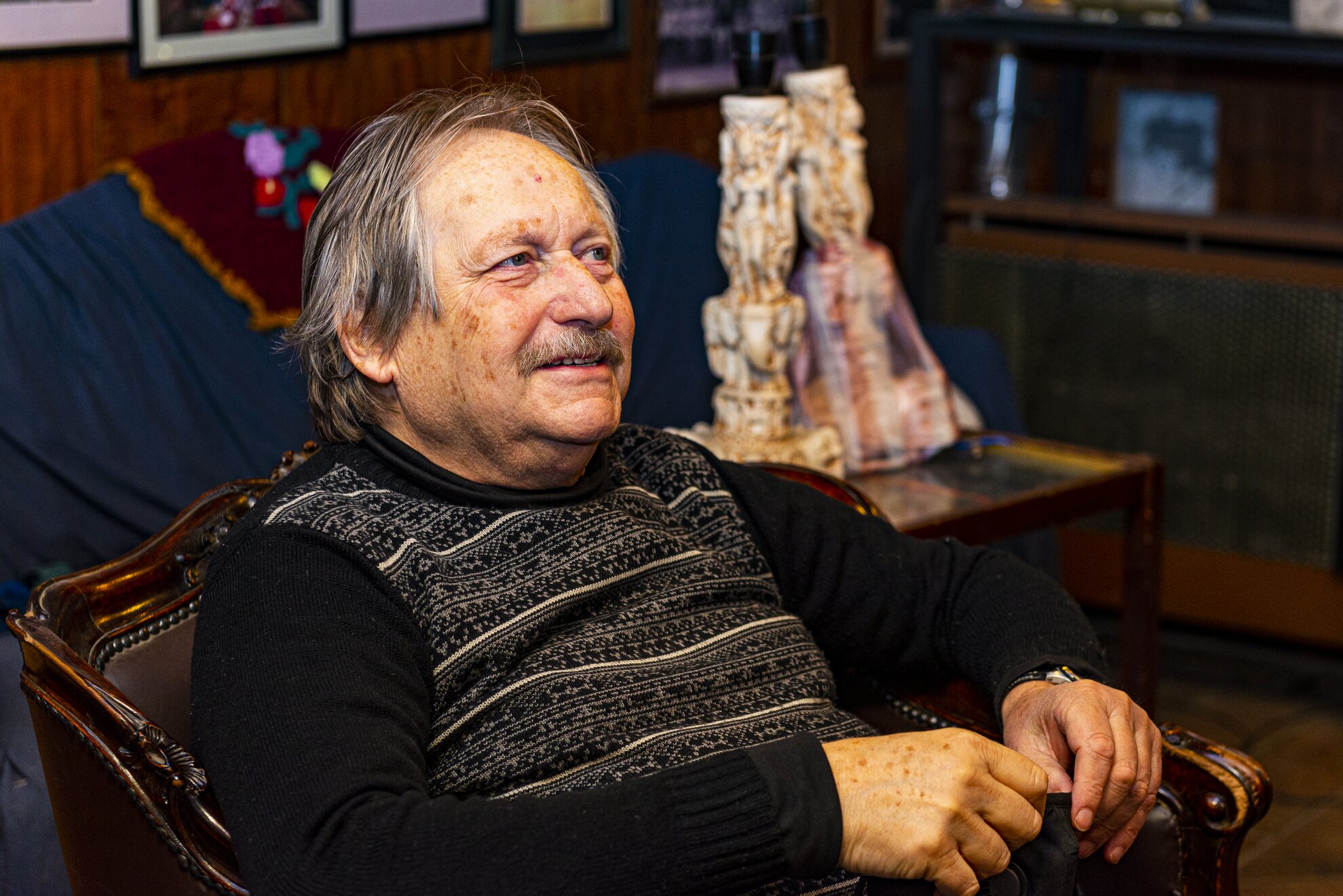
Tamás Grünberger is now in his seventies, having worked in the family profession all his life. According to him, “While you’re still alive, work occupies much of your time and brings you pleasure. Keep busy, do it. Work provides a lust for life.”
He reckons it’s harder to become a good craftsman than it was when he was young because a profession can’t be learned from books, it takes practice, work, patient teachers and good company, people who have a passion for thinking about professional issues together. He sees fewer examples of this today as competition has taken on unhealthy proportions.
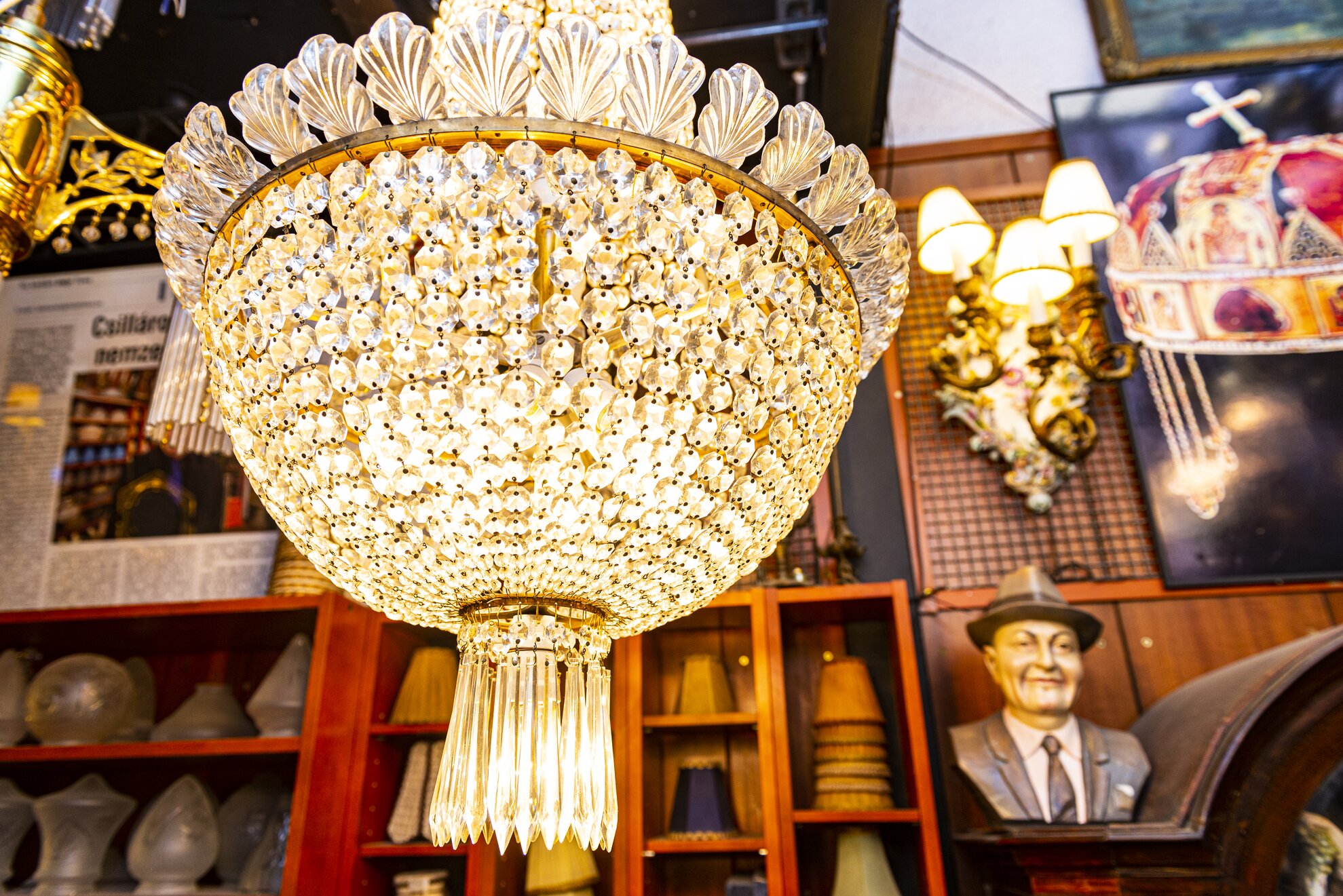
Illuminating chandeliers
The modern-day
chandelier business began when churches started converting huge candle- or
gas-lit chandeliers into electric ones. The golden age of the profession dates
back to the 1920s and 1930s, when electric lighting became more widespread, and
wealthier citizens in high-ceilinged homes loved to illuminate them with
elegant chandeliers. The trend even drifted down to the lower classes, who had
cheaper copper and wooden ones installed. In the post-war period, these gradually went out of fashion, although there was a brief second flowering in
the 1990s, when colonial furniture was all the rage. In today’s market for
mass-produced chandeliers, in the age of low-ceilinged, hive-like homes, the
Grünbergers are unlikely to take on retail orders, and their speciality has
become uniquely designed giant chandeliers for public institutions.
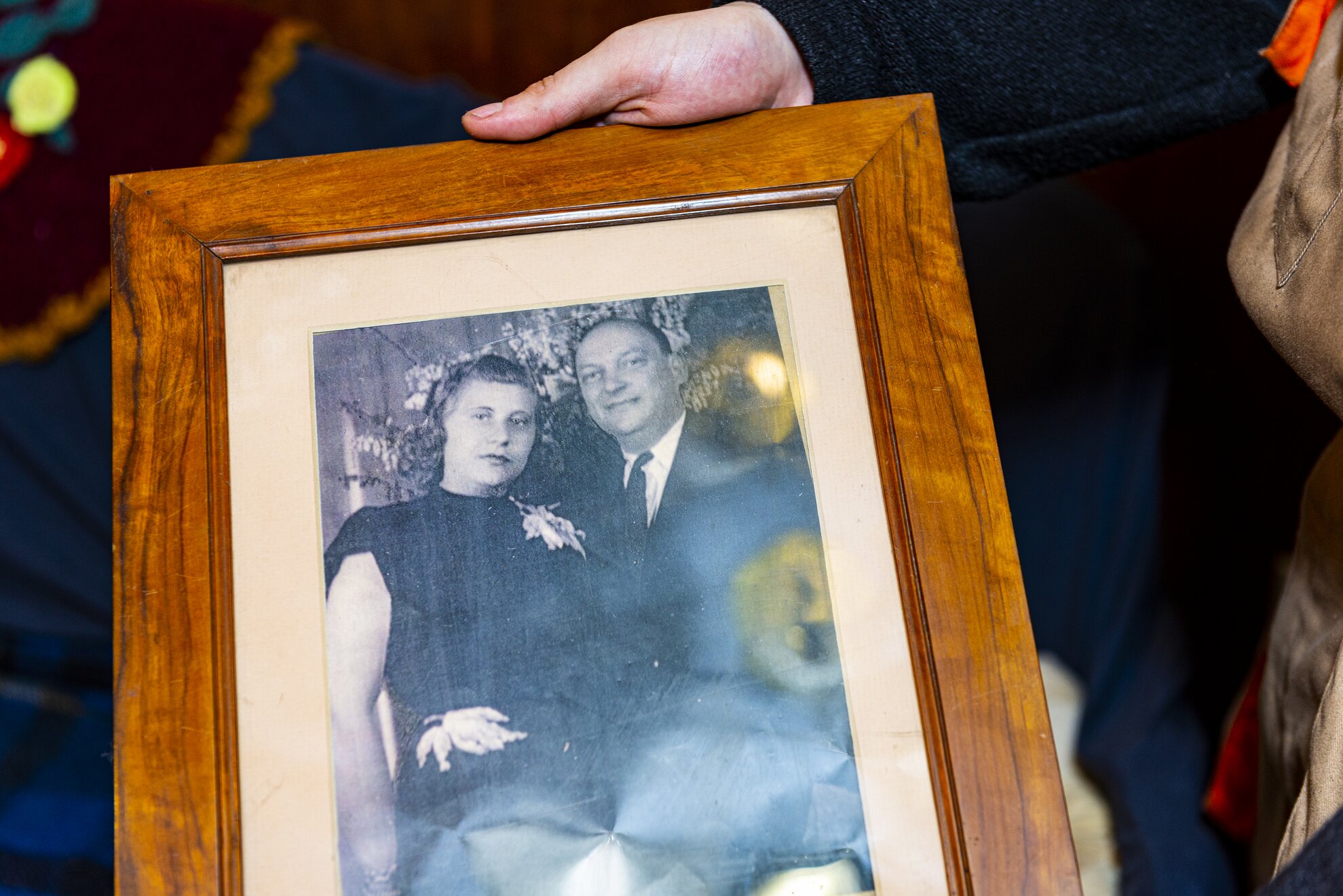
Although his trade is its own speciality, Tamás has mastered seven or eight professions in order to fashion the best chandelier. He may not have the papers to prove it, but he can press metal, galvanise, carve, make wood patterns and cast metal. The masters of his day were well acquainted with these trades. His success is therefore due not only to his own perseverance and skill, but also to the fact that he was able to work with such outstanding and passionate professionals.
Here, mention must be made of Tamás’ mother, Sarolta Fleischer, who, as a former seamstress, learned the tricks of the chandelier trade after her husband's death so that the business could continue. She officially ran the shop until she was 90, and her son was an employee.
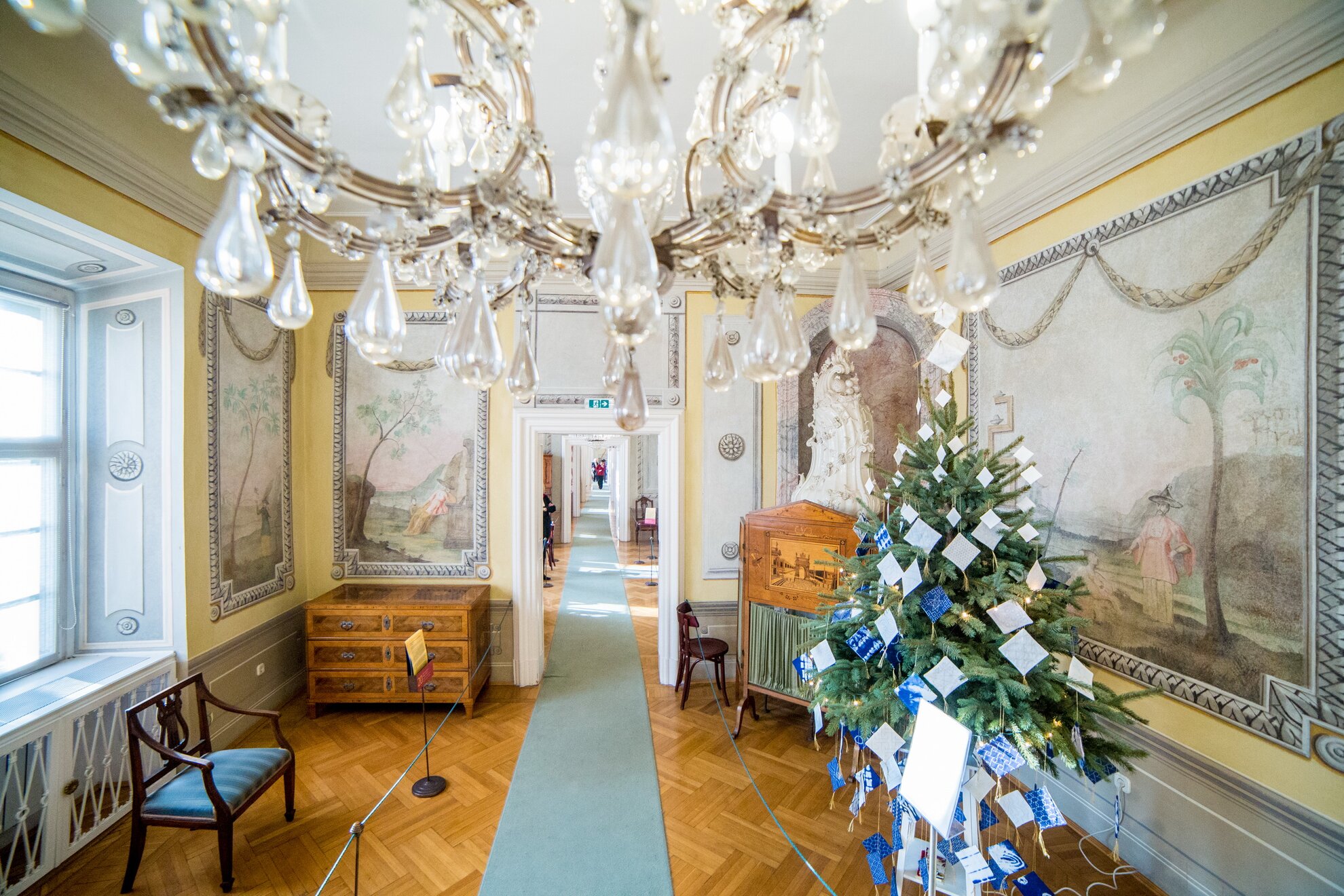
The master, an artist in his knowledge and approach, has received several prestigious awards during his long career. Admitted to the Department of Applied Arts of the Hungarian Academy of Arts, he worked in such fantastic buildings as the Franz Liszt Music Academy, the Danube Palace, the Chinese Embassy, the Hungarian State Radio building, the Elephant House at Budapest Zoo, Nagytétény Castle and churches in Solymár, Kerekegyháza and Köcse.
Technique and sacrifice
“I designed a lot of chandeliers and they all have different techniques. It’s like the life of an actor. You have a thousand roles to play and each one is different. Art of its kind, where you sacrifice a significant part of your private life, and work almost day and night,” says Tamás Grünberger.
One of his most fantastic pieces of work is the chandelier of the Great Synagogue. As a boy, he often wondered why there were no chandeliers to match its style. Thus, over two painstaking years, he created a chandelier named Snowflake that reflects the Moorish motifs of the surrounding building, measuring 7.5 metres wide and weighing 1.5 tons.
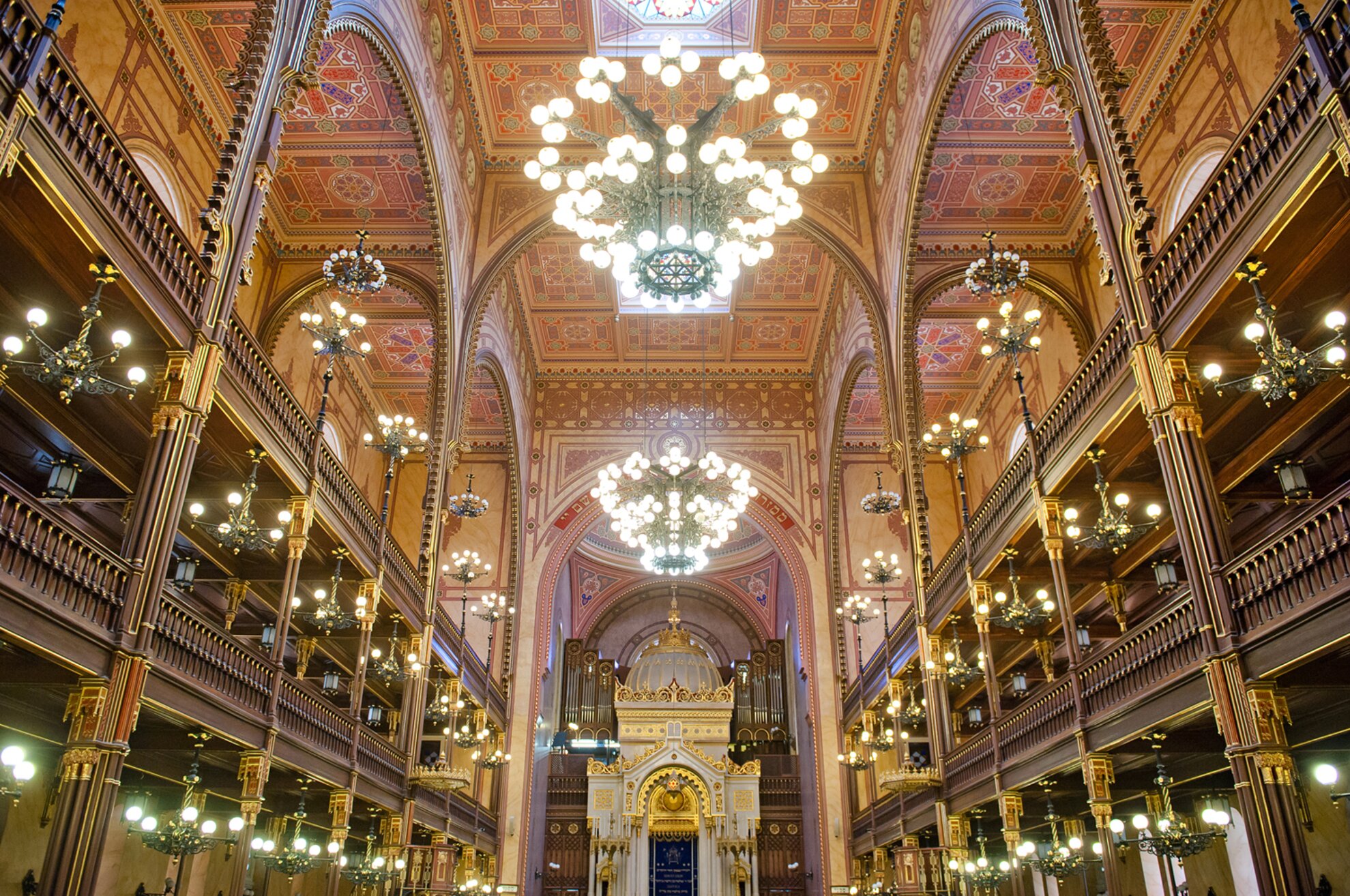
The roof structure of the synagogue had to be reinforced to withstand the fantastic creation. And in order to lower a chandelier of this size, it needs special rigging, a pendulum device invented by Tamás Grünberger, and earning him a prestigious Euréka Innovation Award at the same.
Tamás Grünberger is most proud of the 21 chandeliers he made for churches and synagogues of different denominations. As he says, here is the recognition here is not of a material nature, but rather comes from the faithful – the light, through a beautiful chandelier, makes everyone feel closer to the heavens, whatever their religion. In his view, “it is not the faith of the temple that is important, but that we recognise the greatness of God, whichever denomination we belong to”.
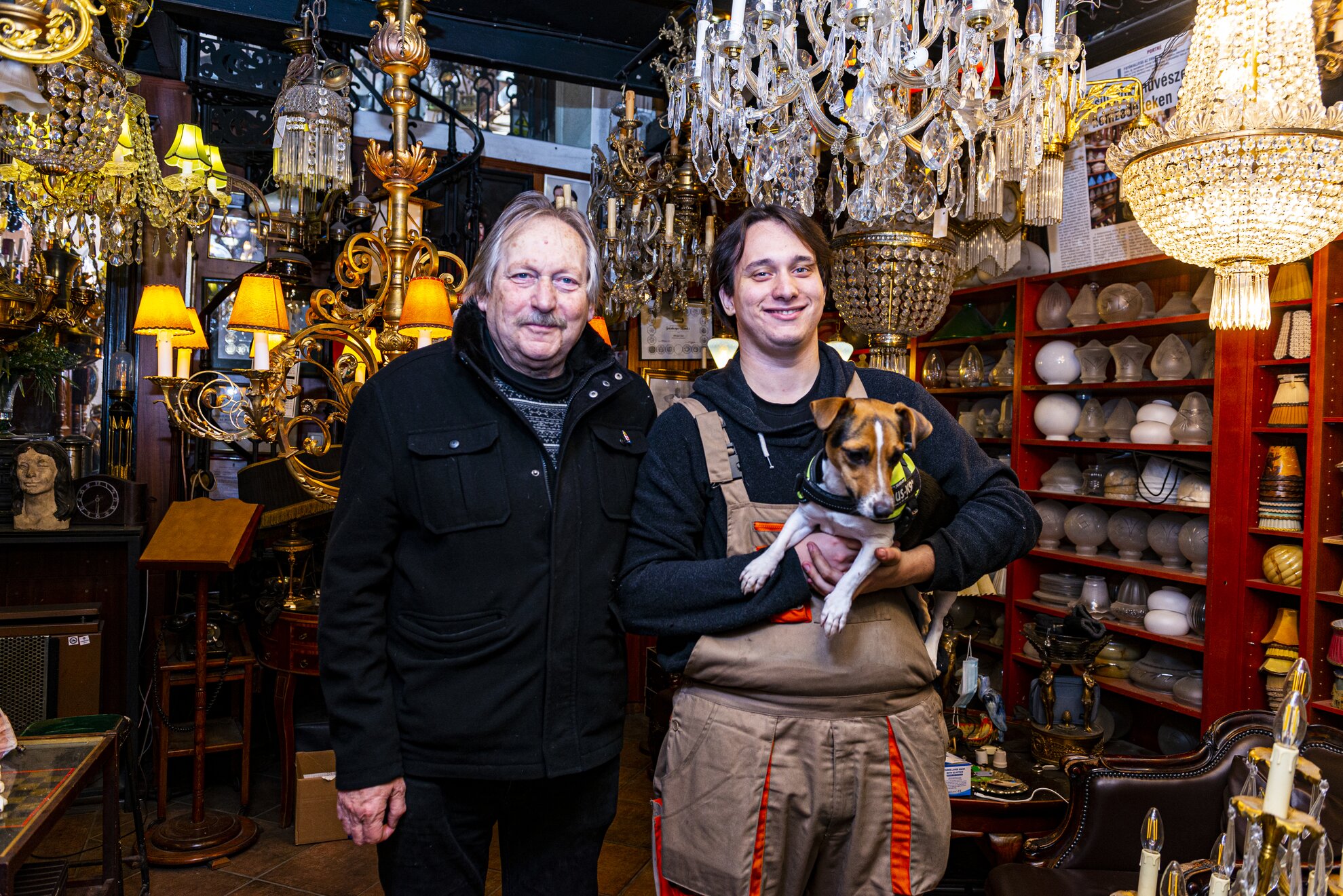
The Franz Liszt Music Academy is memorable not only because of its professional accomplishment, but also because the two Grünbergers, father and son, worked together for the first time on it. The floor of the building is not straight, and had to be reinforced. The installation of the chandeliers was a serious task due to its angle of inclination, and the wings needed to stand properly so that the lighting could look impressive from the street.
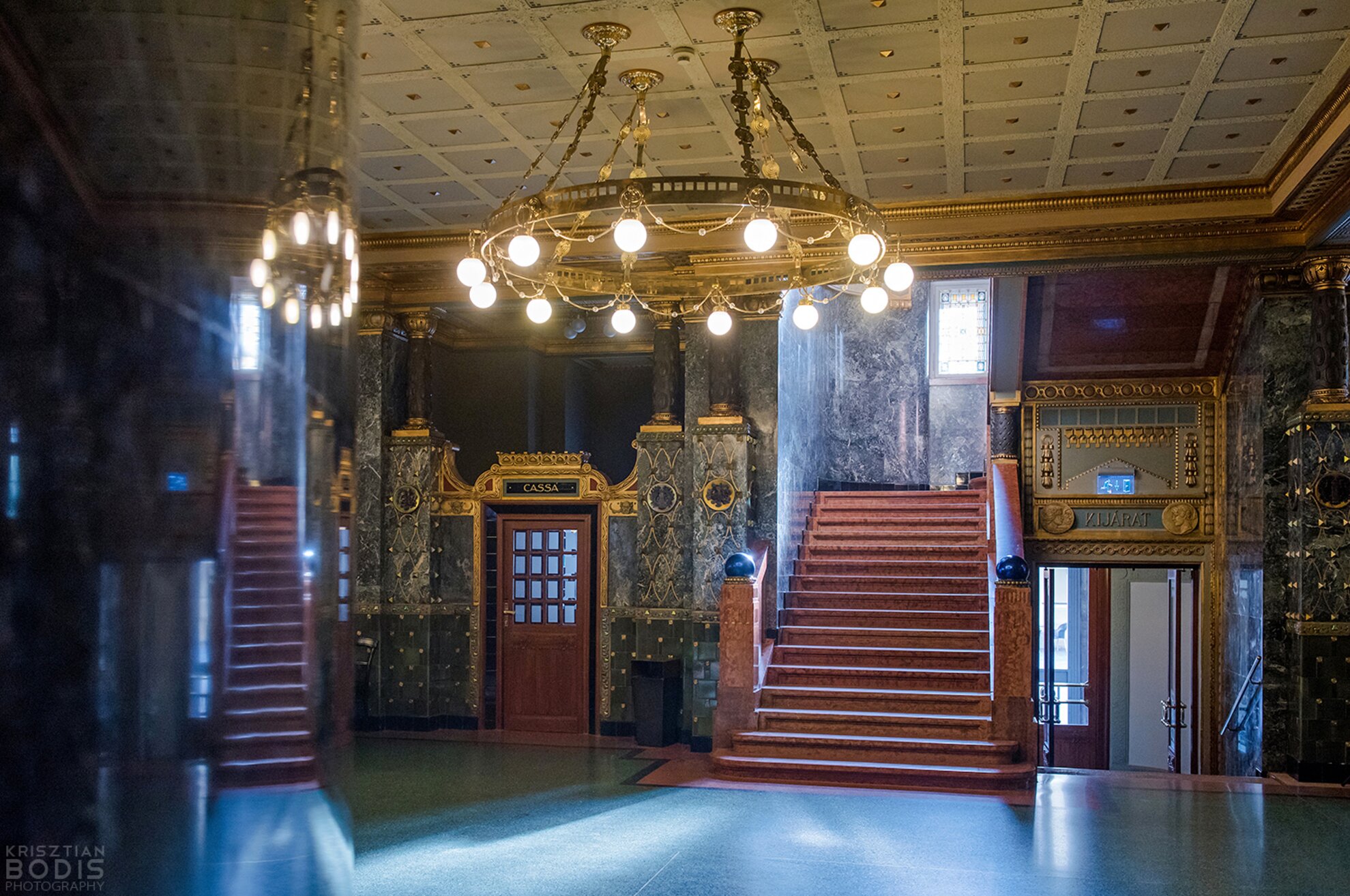
“You might think that these are little things, but greatness depends on such little things. When you enter a space and say yourself, ‘Why is that everything looks just right?’ that’s appreciation of the fineries that I insist on,” says Tamás Grünberger, who received a special permit to work alone in the empty building, after the other renovation work had been done earlier in the day. He notes with no little pride that for 60 or 70 years, until there is a new standard, his chandeliers will still be in good working order.
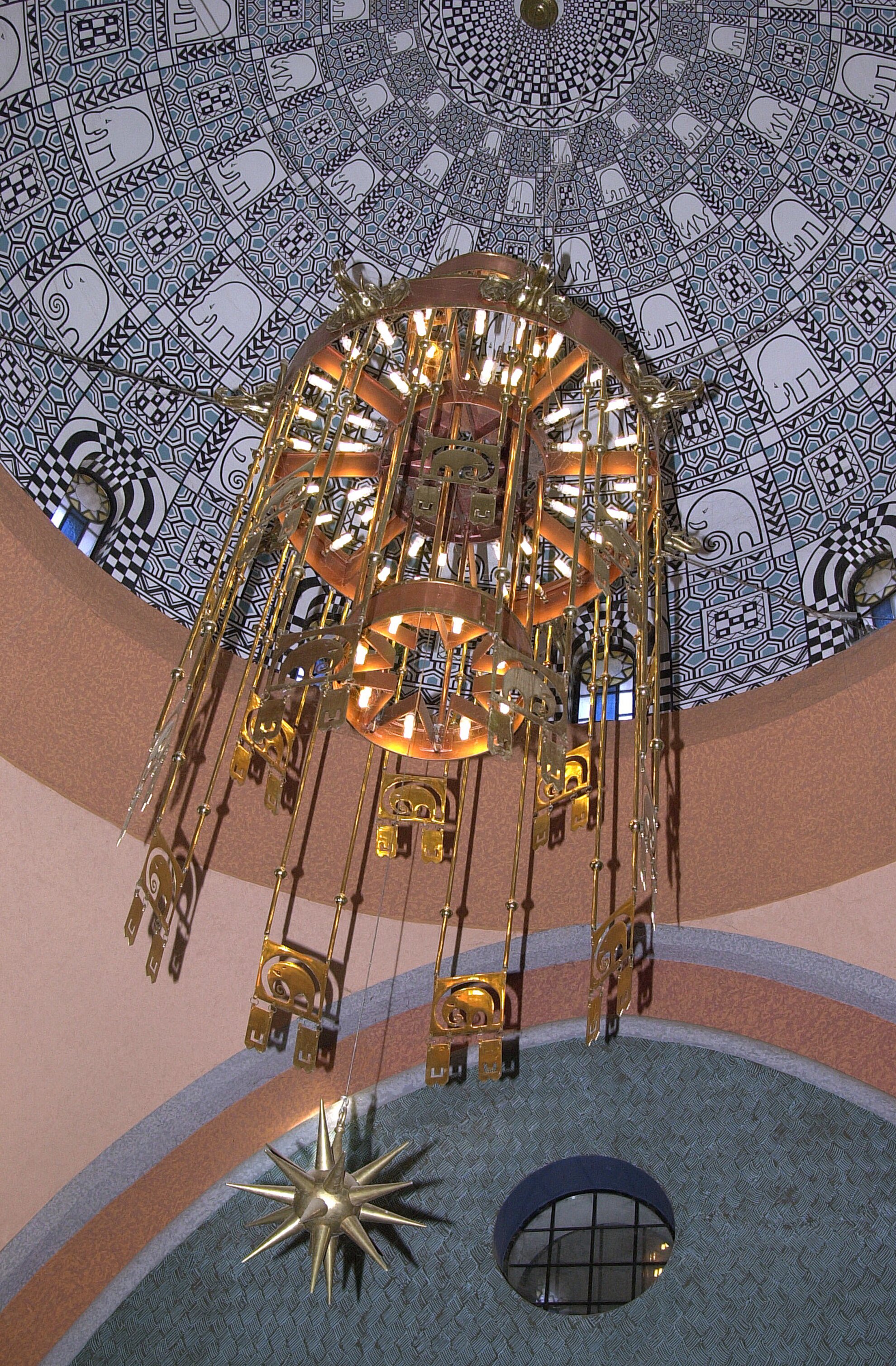
Gábor, then
in his early twenties, did not have to struggle to continue his family
business, unlike his father. He, too, was a very talented water polo player, and
was also admitted to university but, seeing his father’s work at the Music Academy,
he decided to help him rather than let the profession disappear.
He studied to
be an electrician and has just been qualified to install air conditioners and
solar panels, so he will carry on the family tradition with three or four extra trades, while still learning the secret tricks in the workshop.
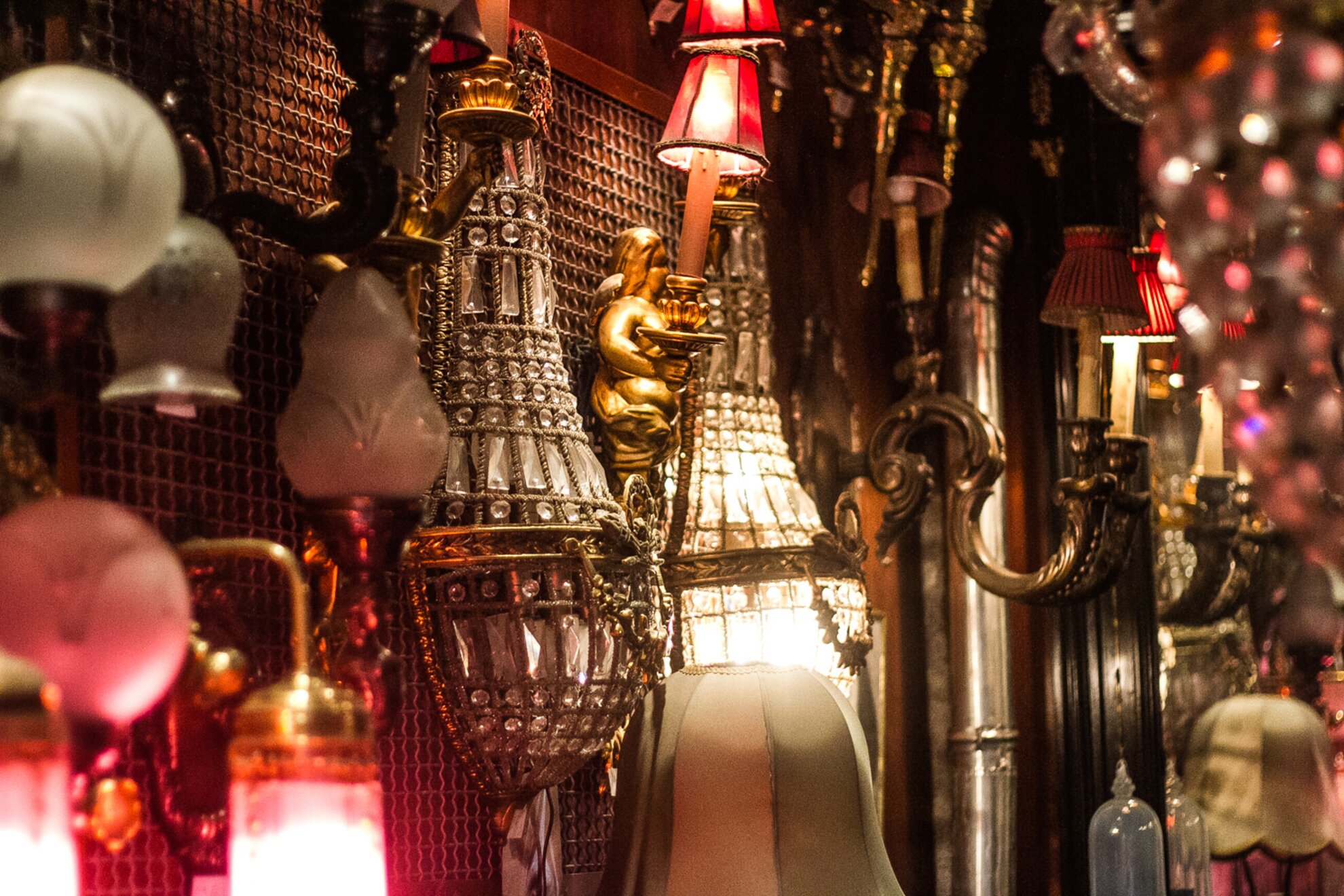
Gábor started his profession with the hardest and most unpleasant part of the job. “When I came home from school,” he recounts, “I came in to help Dad. I learned things like how to string beads, plaster around all-glass chandeliers, polish lamps, connect them and learn different methods for putting in and cleaning glass.”
“Gábor played water polo at a very high level ," says Tamás, "and was considered a particularly talented left-hander. And after every match, I told him my criticism of how you hold the ball, you don’t keep your hands at right angles. Even in sports, I’m looking for angles, the system".

Gábor’s first job was to design the chandeliers at the Catholic church in Gelence, and he is learning fast. Of course, his father is worried, as there are fewer and fewer good masters, background industries and larger orders, and needs are changing.
"I could have easily been a sports reporter," Tamás recalls. "I may not have the best insights into sport, but I can see the angles a chandelier needs in everything. I advise everyone to look for and deal with whatever they have the aptitude for, because sooner or later they will benefit from it. What is the biggest benefit? To find pleasure in your work.”
Venue information
Grünberger Csillárkészítő
1065 Budapest, Nagymező utca 25
Open: Tue noon-5pm or by appointment (+36 30 962 0500, +36 1 312 3984, email grunbergertamas@gmail.com)
